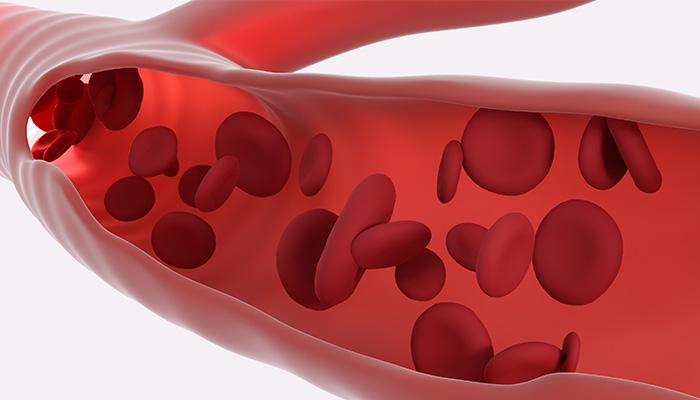The study aimed to investigate the hemodynamic mechanisms behind the blood pressure-lowering effect of device-guided slow breathing. Patients with high blood pressure were trained to perform guided breathing exercises using a device for five days. They measured their blood pressure before and after the exercises, and pulse arrival time was measured using a simple device connected to a smartphone or tablet. The results showed a decrease in systolic blood pressure and an increase in pulse arrival time, indicating vasodilation as a significant factor in blood pressure reduction during guided breathing. These findings suggest that slow breathing may modulate peripheral blood flow and lower blood pressure.





